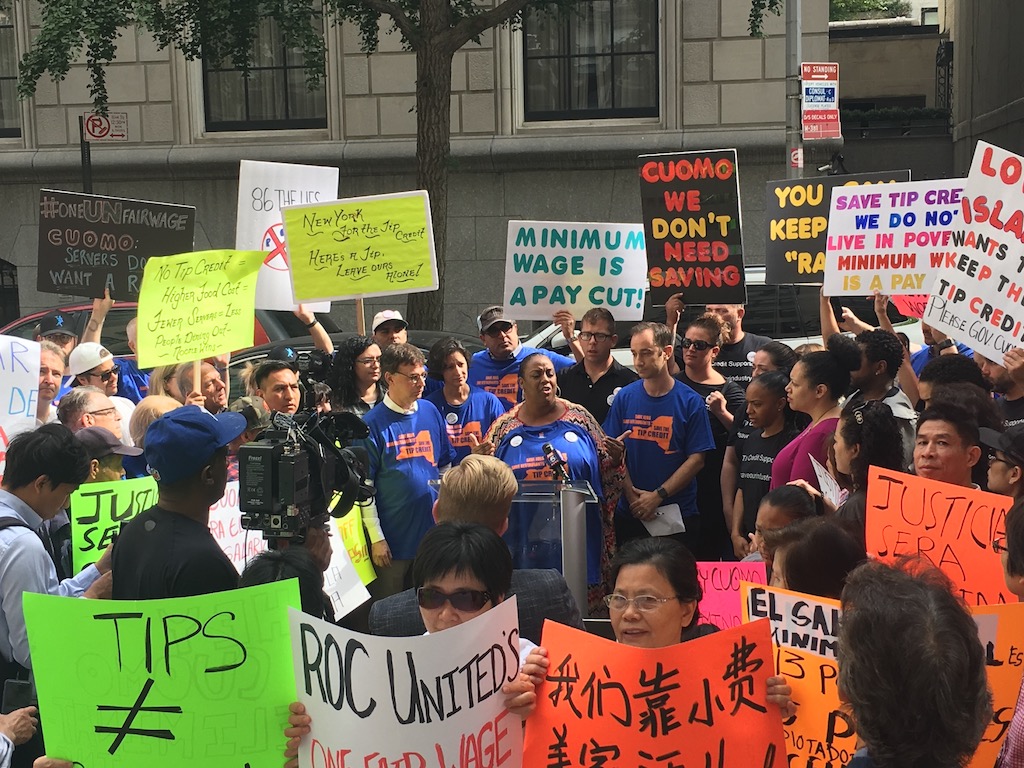How tipping became one of the most quintessentially American practices
As tipping standards move toward a 20 percent baseline, some might wonder how this arcane practice, laden with a history of racism, came about. But tipping’s origins are, in fact, trans-Atlantic. VinePair reports that the practice originated with feudal Europe, where visitors to noblemen’s estates would leave servants some coinage as a sign of thanks. Jump to the 1800s, and you’ll find that tipping was a rarity stateside: U.S. tourists groused about having to spend extra cash while traversing “the Continent.” Meanwhile at American hotels, where meals were included in the cost of one’s stay, leaving a tip was seen as insulting to the staff. But by the turn of the century, the rise of the American middle class was paralleled by a growth in laborers doing work that demanded better pay, and the practice became more common (Russian revolutionary Leon Trotsky, while living briefly in the Bronx, had soup spilled on his lap for refusing to leave tips. His rationale: Restaurant owners shouldn’t get an out from paying staff a fair wage). But it was Prohibition that finally cemented tipping as a norm in the United States, with managers seeing it as a way to foist the bulk of wage expectations onto customers. In a reversal of fortunes, Europe moved away from the practice, leading to the cliche of German tourists as horrendous tippers. A small but growing number of U.S. restaurateurs have also abandoned tipping, experimenting with ways to provide workers a consistent, livable wage tip-free. —Matthew Sedacca

